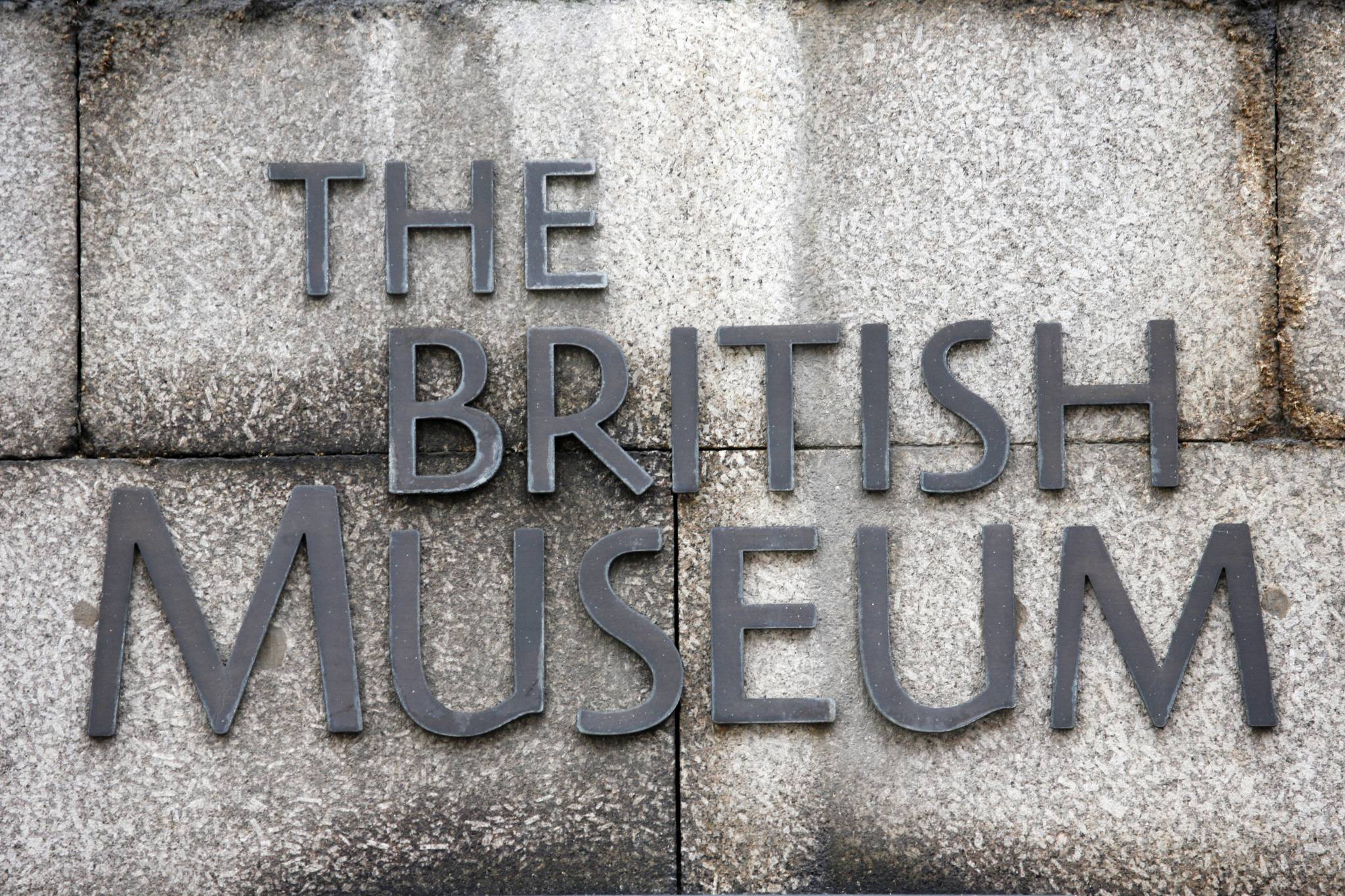There’s something particularly unsettling about standing on a stone slab where Julius Caesar might have tripped on his toga. Welcome to Ancient Rome’s power corridor, where marble once echoed with oratory, betrayal, and an occasional bacchanal. No city sells its past quite as elegantly as Rome—and nowhere is this more evident than in the tangled ruins of the Roman Forum and the Palatine Hill.
This isn’t your average walk in the park. It’s a time warp through the very epicenter of Roman civilization—a place where history leaps from dusty stones with the audacity of a gladiator who missed retirement.
Welcome to the Roman Forum
Every direction in the Forum is a ghost story waiting to be dramatized. The Temple of Saturn stands dark and skeletal against the sky—its eight columns, a survivor’s sneer to time and earthquakes. The Curia Julia, Caesar’s personal pet project, still bears his ambition in its impressively intact form. Pop inside and be transported to a 44 B.C. boardroom. If marble could talk, this one would spill Senate secrets.
Let's start with the Roman Forum (Foro Romano if you’re showing off). Nestled between Palatine and Capitoline Hills, this sprawling archaeological site was once Rome’s nucleus for political pulse-checking, religious thunderbolts, and economic elbowing. Imagine Wall Street, Capitol Hill, and the Vatican had a baby—then left it to age elegantly in the sun for 2,000 years.
Don’t skip the Arch of Septimius Severus, mainly because saying his name aloud is oddly satisfying. It’s Rome’s version of a LinkedIn profile—engraved celebrations of victories in Parthia, chiseled under a monumental triple arch.
But ah, then there's the Via Sacra—the Sacred Road. Yes, the road is cracked and uneven, but when you realize emperors paraded down this very path during triumphal processions, you stop treating it like a liability and start treating it like an Instagram backdrop.
Up the Hill: Palatine Panorama & Palaces
Just a short walk—and a bit of a breathless climb—lifts you from the civic bustle of the Forum into the rarefied air of Palatine Hill. Here, you trade senators for emperors. According to myth, this is where Romulus founded Rome after a fratricidal misunderstanding with his brother Remus (we’ve all had sibling drama, but this one involved wolves and immortality).
Palatine Hill was the Bel Air of ancient Rome. If you were loaded and plotting to stay that way, you built your mansion here.
Emperors like Augustus and Domitian left mega-footprints. Augustus' modest house (by imperial standards) offers frescoes as vivid as the man’s PR machine, while Domitian’s palace sprawls like a statement of royal overcompensation.
Then, there’s the view. Oh, the view. From atop the hill, the Colosseum peeks out like it's waiting for its next battle, and the skyline scratches together domes, ruins, and bell towers into a messy but majestic collage. It’s Rome as the Romans never quite saw it—but only because they were busy building it.
Add this to your Rome itinerary, stat
If you're drafting a Rome travel itinerary, slot the Roman Forum and Palatine Hill high—right under “eat cacio e pepe” and “pretend to understand the Sistine Chapel ceiling.”
Practical tips: Entry to both the Roman Forum and Palatine Hill is included with the Colosseum ticket (yes, you want the skip-the-line version). Wear real shoes. Those ancient cobblestones have no pity for gladiator sandals.
For those who dream of Rome beyond the Vespa-chic cafés and gelato-fueled wanderlust, the Roman Forum and Palatine Hill deliver the gritty grandeur. These stones don’t whisper; they shout. And Rome doesn’t apologize for the noise—it invites you to walk into it.
Conclusion: If Rome is the Eternal City, then the Roman Forum and Palatine Hill are its eternal heartbeat—beating across centuries, emperors, and Instagram filters. Walk it. Breathe it. And maybe—just maybe—feel history wink at you.
FAQ: Visiting the Roman Forum & Palatine Hill
Q: Are there restrooms or places to get water?
A: Yes. Both sites have restrooms and water fountains. Bring a refillable bottle—you’re going to need it.
Q: Is the Roman Forum accessible for people with limited mobility?
A: Some paths are uneven and steep. The main walkways are partially accessible, and the site provides alternative entrances and helpful staff.
Q: What is the best time to visit the Roman Forum and Palatine Hill?
A: Early morning or late afternoon is ideal to avoid crowds and the midday sun. Visiting in spring or fall offers the most comfortable weather.
Q: How long should I plan to spend at the Roman Forum and Palatine Hill?
A: Allocate at least 2–3 hours to fully explore both sites without rushing. The combined Colosseum-Roman Forum-Palatine ticket gives you access to all three within 24 hours.
Q: Can I visit the Roman Forum and Palatine Hill without a guide?
A: Yes, but a guided tour or audio guide elevates the experience by adding historical context. Otherwise, it’s just a lot of lovely rubble.











































































































































































































































